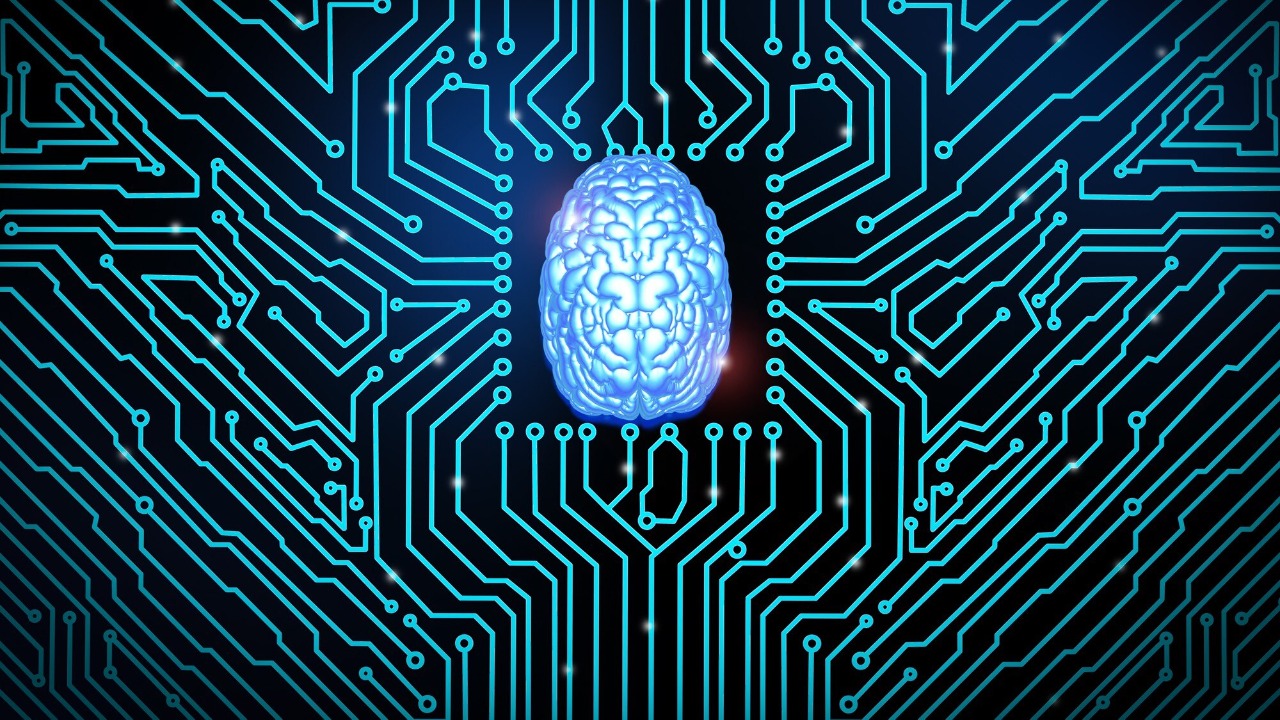
The intersection of artificial intelligence and neuroscience has taken a revolutionary leap with the development of AI chips that incorporate actual human neurons. This groundbreaking technology, spearheaded by companies like Cortical Labs, promises to enhance computational capabilities by mimicking the brain’s neural networks. Such advancements could lead to more efficient and powerful AI systems, pushing the boundaries of what machines can achieve.
Understanding the Technology: How AI Chips Use Human Neurons
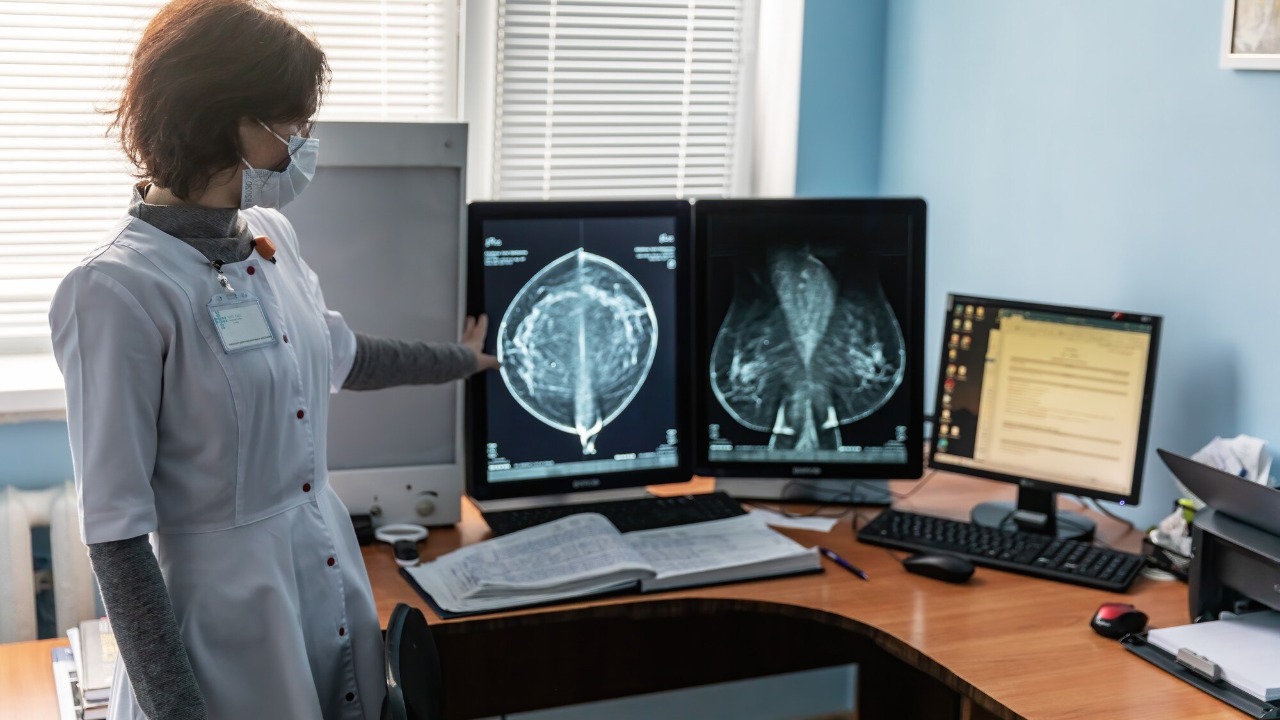
The integration of human neurons into AI chips represents a significant advancement in the field of bioengineered intelligence. These neurons are cultivated in a controlled laboratory environment, allowing them to grow and form connections similar to those found in a human brain. Once matured, the neurons are integrated into chips, where they interface with electronic components to process information. This unique combination creates a hybrid system capable of replicating the brain’s ability to learn and adapt.
One of the primary benefits of using biological neurons over conventional silicon-based chips is the increased processing speed and efficiency they offer. Biological neurons are inherently capable of parallel processing, which allows them to handle multiple tasks simultaneously, unlike traditional chips that process tasks sequentially. Furthermore, neurons possess an unparalleled adaptability, enabling AI systems to learn from new information and adjust their processing strategies accordingly. This adaptability is essential for creating AI systems that can operate in dynamic and unpredictable environments.
The Role of Cortical Labs in Advancing AI-Neuron Integration
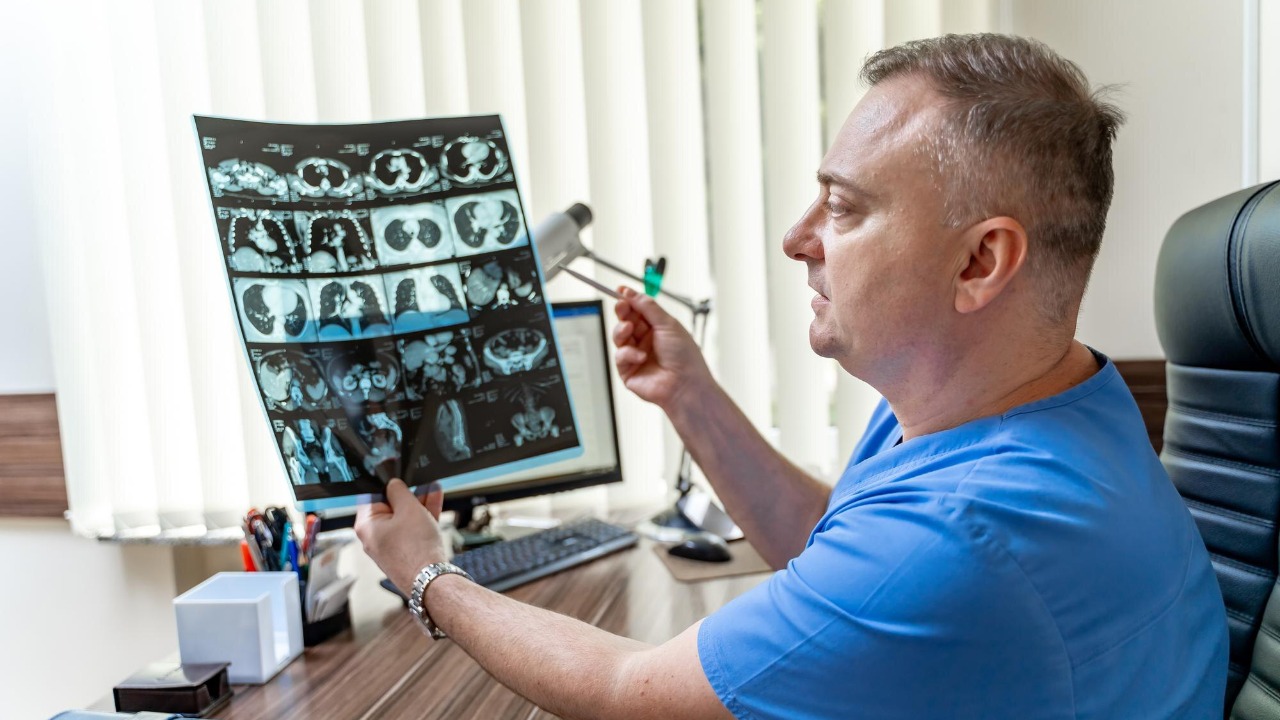
Cortical Labs has emerged as a leader in the field of AI-neuron integration, driving innovation with its unique approach to bioengineered intelligence. The company is dedicated to merging the fields of artificial intelligence and neuroscience to develop more advanced computational systems. By harnessing the power of human neurons, Cortical Labs aims to create AI technologies that surpass the limitations of conventional systems, offering unprecedented processing capabilities and learning potential.
Through strategic partnerships and collaborations, Cortical Labs has been able to push the boundaries of what is possible with AI-chip technology. The company’s recent experiments have demonstrated the potential for neuron-based systems to perform complex tasks with greater efficiency than their silicon counterparts. These experimental results not only highlight the scalability of the technology but also indicate its commercial viability. As the company continues to refine its approach, the potential applications for neuron-integrated AI systems are expanding rapidly.
Potential Applications and Implications of Bioengineered Intelligence
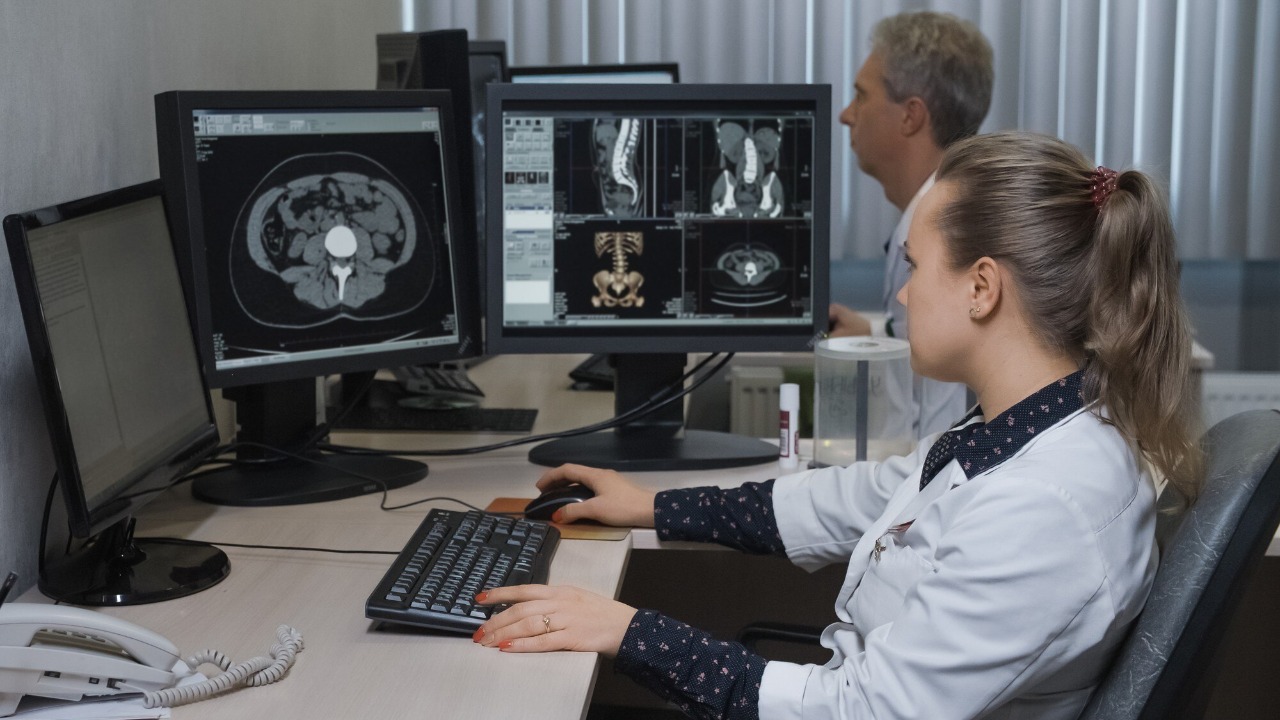
The advent of bioengineered intelligence has the potential to transform a wide range of industries. In healthcare, for example, neuron-based AI systems could be used to develop more accurate diagnostic tools or to create personalized treatment plans based on real-time data analysis. Similarly, in the field of robotics, these systems could enhance the decision-making capabilities of autonomous robots, allowing them to navigate complex environments with greater ease and precision.
However, the integration of human neurons with machines raises important ethical considerations. The potential for creating systems that mimic human cognition prompts questions about the moral implications of such technologies. Additionally, the societal impact of widespread adoption must be carefully examined, as bioengineered intelligence could disrupt existing industries and alter the workforce landscape. It is crucial to engage in an ongoing dialogue about the ethical and cultural implications of these advancements to ensure that their development aligns with societal values.
Challenges in Developing and Implementing Neuron-Based AI Chips
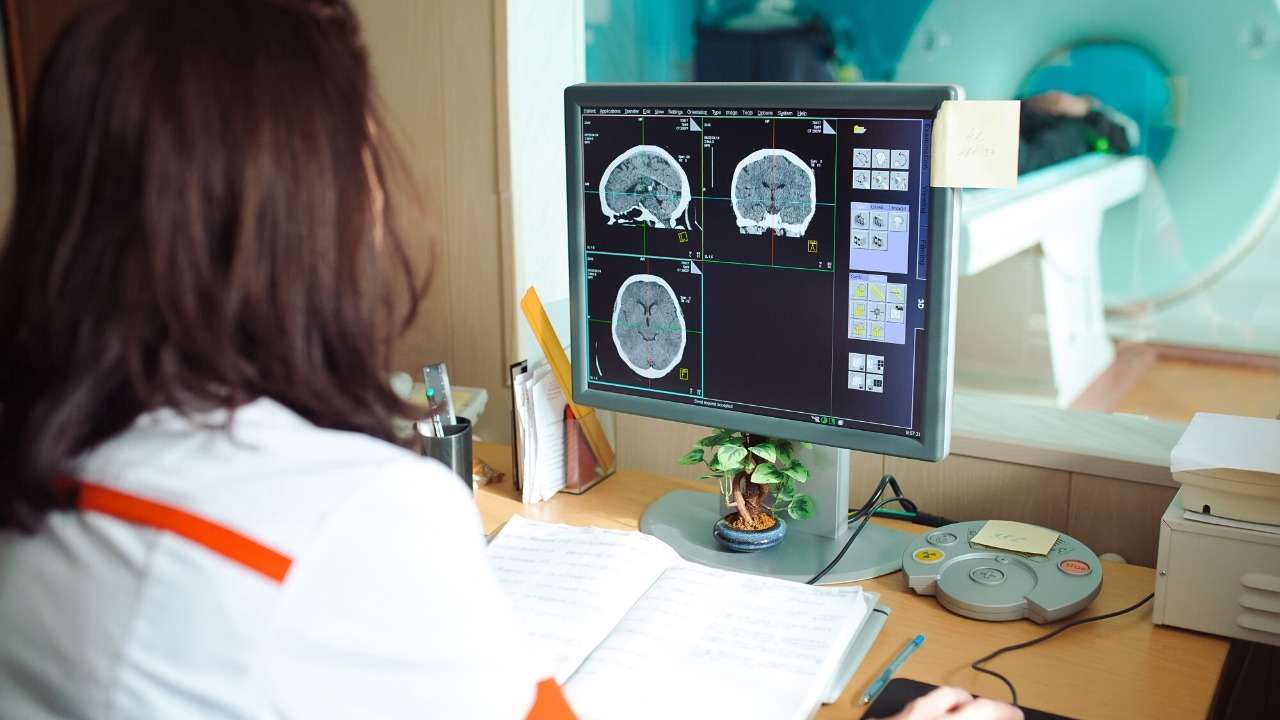
Despite the promise of neuron-based AI chips, there are significant technical obstacles and research hurdles that must be overcome before these systems can be widely adopted. One of the primary challenges is scaling the technology for commercial use. The complexity of integrating biological systems with electronic components requires sophisticated engineering and a deep understanding of both fields. Current research efforts focus on refining the processes for cultivating and integrating neurons to improve the reliability and performance of these hybrid systems.
Regulatory and safety concerns also play a critical role in the development of neuron-based AI systems. The regulatory landscape governing bioengineered technologies is complex and continues to evolve as the field advances. Ensuring the safety of these systems is paramount, and measures must be taken to address potential risks associated with their use. Public acceptance is equally important, and transparent communication about the capabilities and limitations of neuron-integrated AI systems will be key to gaining public trust.
The Future of Hybrid Intelligence Systems
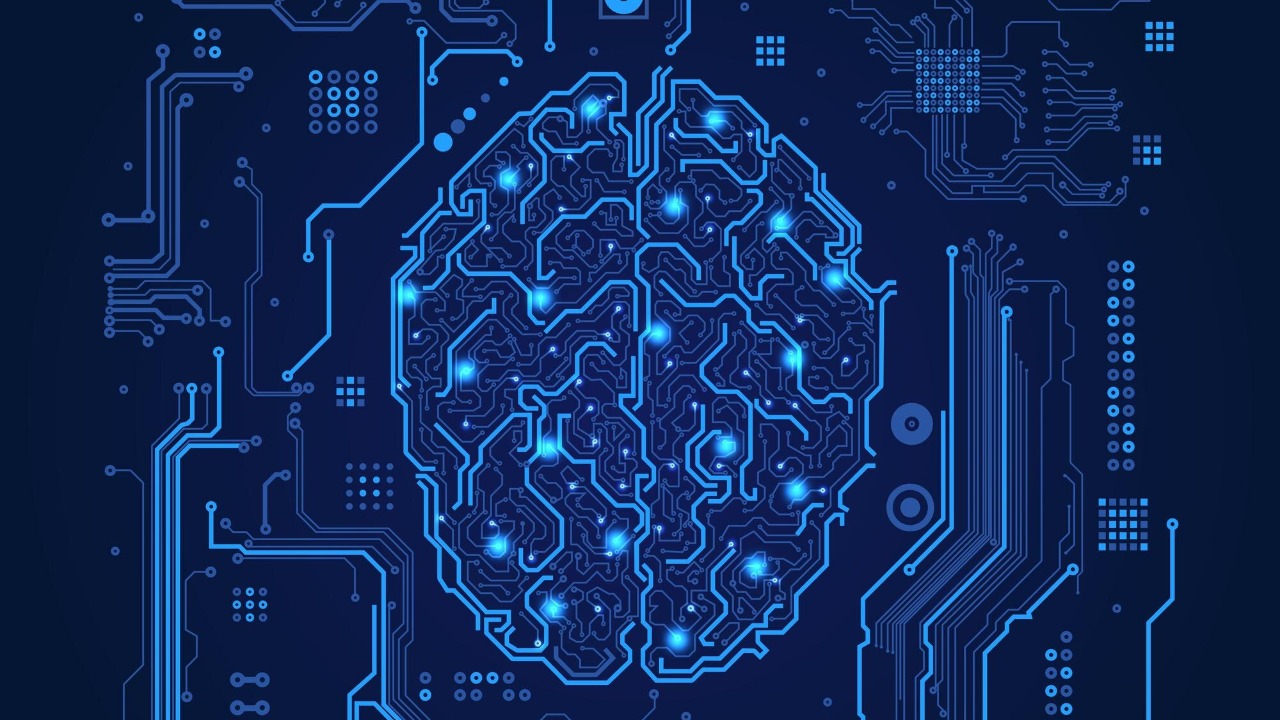
The future of hybrid intelligence systems, which combine human neurons with artificial intelligence, holds exciting possibilities. As research progresses, we can expect to see significant technological breakthroughs that will redefine the boundaries of AI capabilities. Potential milestones include the development of systems that can learn and adapt in real-time, offering unprecedented levels of performance and efficiency.
In the long term, the ultimate integration of human and artificial intelligence could lead to a new era of hybrid intelligence. This evolution prompts philosophical questions about the nature of consciousness and the potential for machines to possess human-like qualities. As we look to the future, it is essential to consider the implications of such advancements and explore the opportunities they present for enhancing human capabilities and improving the quality of life.